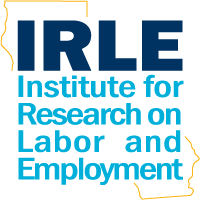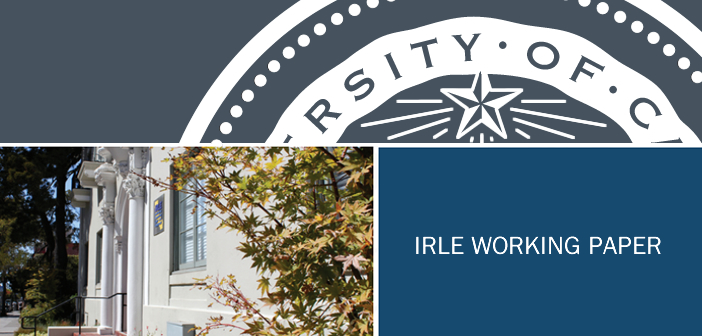Introduction
That unions should be democratic almost everyone agrees. There is almost equal agreement that some unions are far from democratic. At one time there was a considerable debate among American scholars as to how serious a problem this was and how democracy should be defined. Though this issue has been largely ignored in the U.S. in recent years, the time is ripe for a new examination of the issue, especially in the light of substantial research overseas.
The purpose of this chapter is not to assess the extent of democracy in the U.S. or elsewhere, but investigate the conditions under which various forms of democracy are feasible. In so doing, it will explore the major issues raised by the literature and attempt to integrate several major conceptual schemes, especially those of Michels (1962), Lipset, Trow and Coleman (1956), James (1981), and Edelstein and Warner (1975).
Our central argument is as follows: Union democracy is desirable, not because democracy is good in itself (as it is) but because on balance democracy increases union effectiveness in representing members’ interests and in mobilizing these members to support its collective bargaining objectives. Town meeting democracy, in which large numbers of members participate personally is feasible only in small locals and occasionally on the shop floor. The best we can hope for is responsive leadership. But to insure continued responsive leadership requires that members be able to oppose their leaders’ policies and to change their leaders if they become irresponsive — and to do this without great personal cost. Thus a reasonable requirement of democracy is that it allows low-cost opposition.
The vast majority of union members rarely participate in union activities. For democracy to exist at the local level requires an active core of committed volunteers who can serve three functions; (1) check the leaders’ power, (2) provide the nucleus of electoral opposition if the leaders become irresponsive, and (3) act as a communications link between the leadership and the rank and file. Among the factors favoring the development of a strong activist core is the existence of an occupational community.
By contrast with some other countries, activist volunteers play a relatively minor role at the national level in the US. Here the paid staff is all important. If that staff is completely subservient to the national leadership, opposition will be extremely difficult. Fortunately there are usually centers of countervailing power, staff roles which are at least somewhat independent to the top leadership. As do local-level activist cores, these national-level centers provide checks on the leadership and potential bases for organized opposition.
Thus, for the system to work best we need occupational communities at the local level and constitutionally protected centers of countervailing power at all levels. We also need written and unwritten rules protecting the rights of minorities to oppose the leadership. Finally, as a last resort, if these rules are absent or ignored, public intervention is required to restore basic democratic rights.
This thesis is elaborated in the discussion which follows. The chapter consists of five parts. The first quickly reviews the research history. The second discusses the functions and measures of democracy. The third examines democracy at the local level, emphasizing opportunities for participation by both the activist core and the inactive rank and file. The fourth looks at the national level, stressing centers for countervailing power and the role of opposition groups. The last considers the conditions under which the largely structural factors previously discussed actually lead to an active democratic process.

